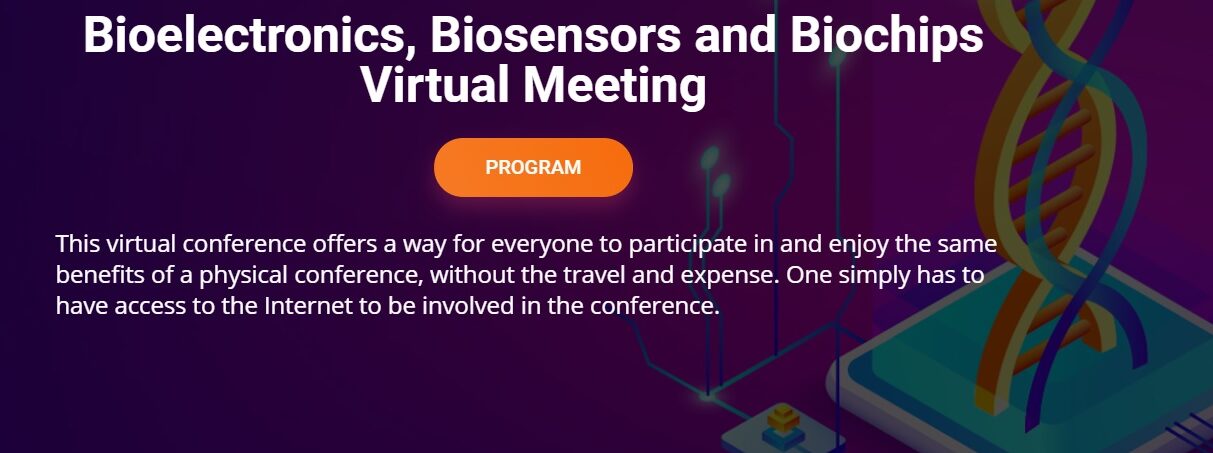Three words describe the C3B-20 (Bioelectronics, Biosensors and Biochips) Virtual Scientific Meeting: modernity, universality, liberality.
The first session was the speech by Prof. Anthony Guiseppi-Elie, who answered questions and engaged in discussions knowledgeably. I am excited about his implementation of general engineering principles into biotechnology: "If you want to control and manage the engineering system, you should estimate as many parameters as possible; biological systems are more complicated, but it doesn't mean that we can't estimate these, and biosensors can help us in this way."
When I say the conference was universal, I mean the breadth of selected topics that helped unite different specialists from different segments of the biosensors fields.
One of the most important topics was the presentation by Zachary Bujnoch, who spoke about making a technology a solution: considerations & methodologies for transitioning technology into a minimal viable product. Zachary explained in detail why products and solutions need a balance between three things: business goal — every project must be viable; user's needs — products must be desirable; and technical considerations — every inventor must understand the technical limitations of their technology.
Yun Tian demonstrated his developments in extract associations between biomedical concepts from large text data set in the cloud. I think it is a very relevant topic because in ths huge flow of scientific information earlier data has been lost which can be very important for research. Yun makes associations between pairs of concepts. It is an important step, but we need more complicated association nets. This problem will be solved with optimization through algorithms and the growth of computing power.
In the young researchers section, the presentation by Kasypa Chakravadhanula was very relevant and interesting for me. This young inventor spoke about an inexpensive smartphone-based device for rapid, non-invasive, and point-of-care monitoring of diabetes with related ocular and cardiovascular complications. I am very inspired by the strong statistical background of his study, which helped him to create a relatively accurate neural network. No less amazing are the methods they developed for glucose detection, which are based on the calorimetric method.
After each presentation there was time to ask questions, and lecturers with pleasure answered the excellent questions from the audience. At the end of the conference, meeting visitors could ask more open-ended questions of a general nature.
Lastly, I found that while the online format is something new for these types of conferences, it provides information mobility and there are fewer distractions, so the material is remembered better.
-Ihor Stepanov, Student at Taras Shevchenko University, Co-founder of Bionet.Space
Ihor received a grant from the US-Ukraine Foundation Biotech Initiative to attend this meeting.

